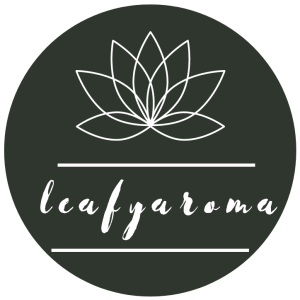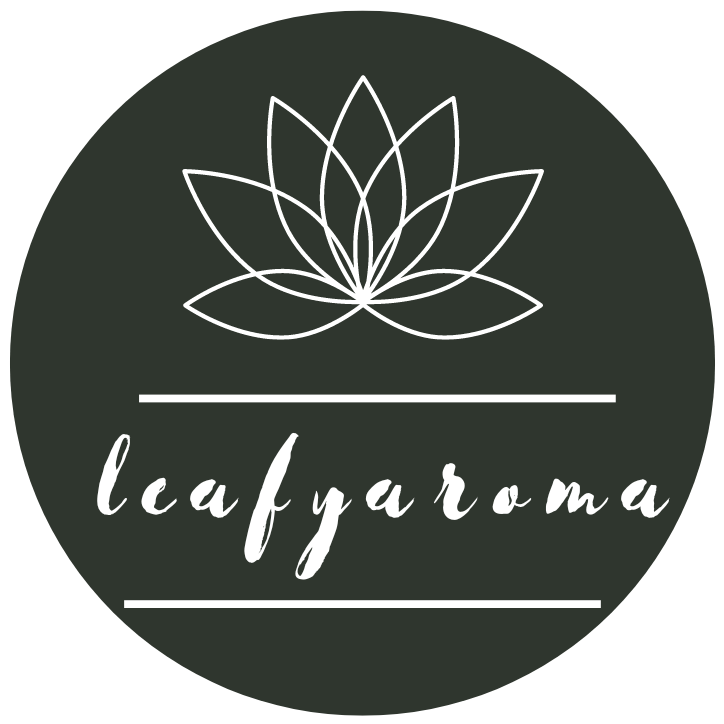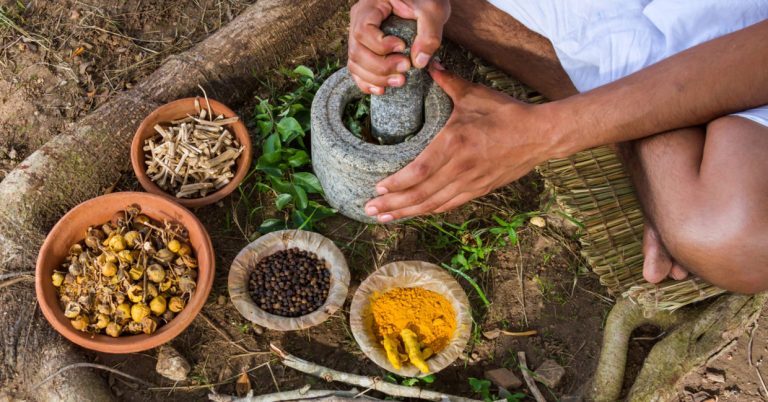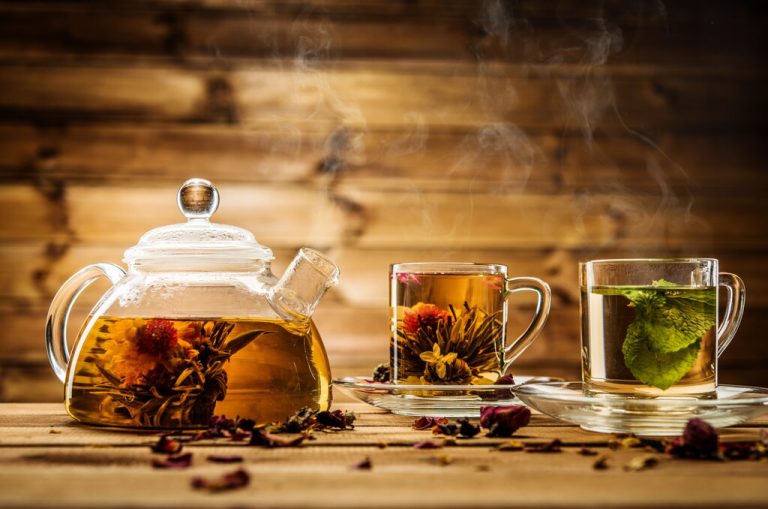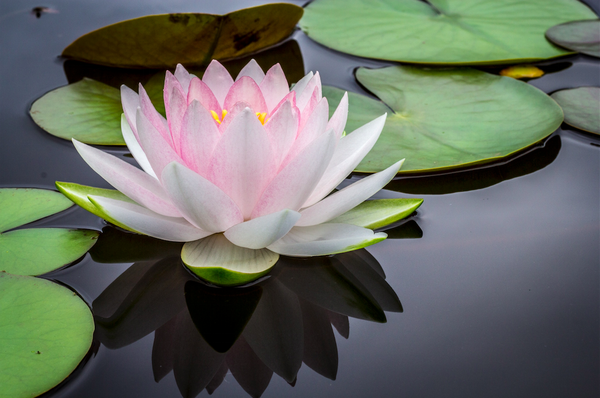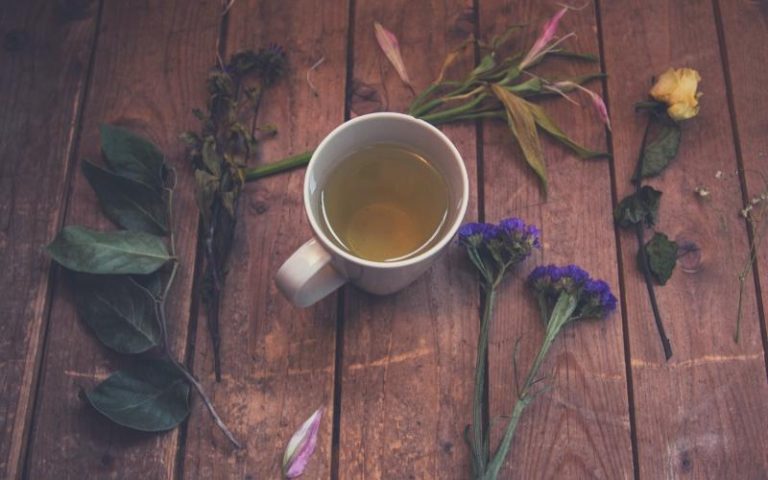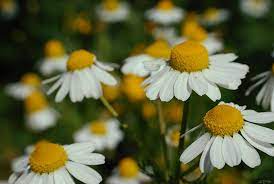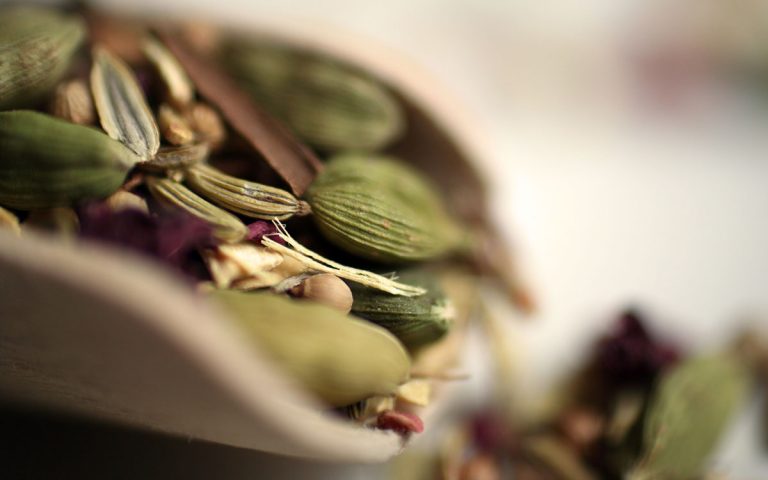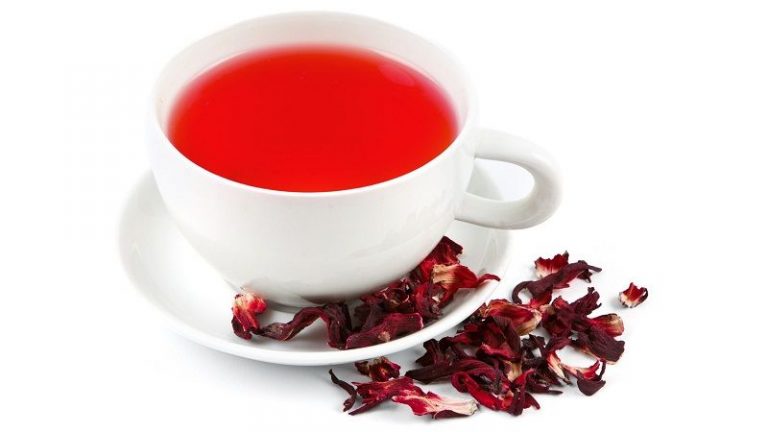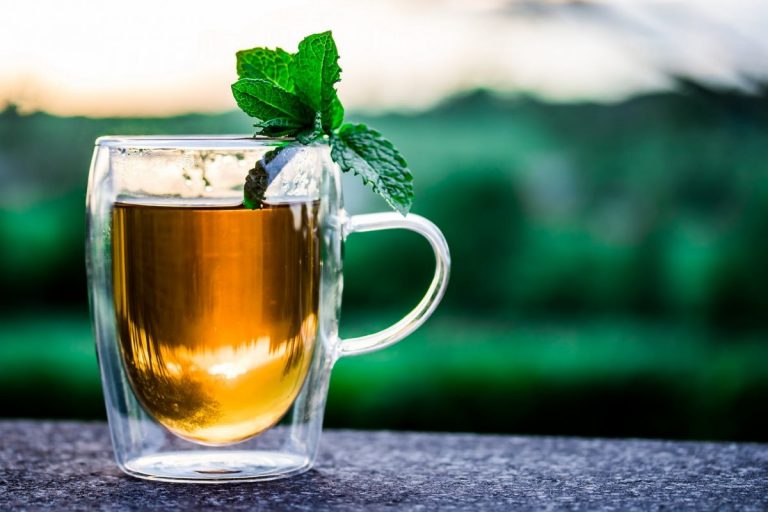
I’ve tried everything from the Juice Fast to the Master Lemonade Cleanse to regulate my gastrointestinal system and combat the effects of my ongoing Irritable Bowel Syndrome.
After beginning my Ayurveda studies, I learned that to fast in an Ayurvedic way is to choose what I want to take into my body and what I don’t– whether it is food, breath, sensory desires, or thoughts. It is to avoid taking in that which is harmful so that I can take in what is beneficial for my mind, body, and soul. So in regards to food, fasting doesn’t necessarily have to mean starving myself and going without any food for long periods of time. It means doing whatever makes my body happy.
How do I know what makes my body happier you may ask? Take my Dosha quiz to find out your unique mind-body constitution and keep reading!

Back in the day, food wasn’t as readily available as it is today. The human body was meant to starve until food was found. But today, we find ourselves snacking throughout the day. We never give our Agni (digestive fire) the chance to become strong because we are eating every couple of hours. This wreaks havoc on our digestion and leads to the number one imbalance in the United States- the “Vata-Imbalance” – gas, bloating, constipation, anxiety, headaches, dry skin, difficulty focusing, brain fog – the list goes on.
Fasting can be beneficial for most people but just as with everything, Ayurveda does not believe in the “one size fits all” approach. What makes my body healthier doesn’t necessarily make your body healthier. Fasting can be cleansing and have a detoxing effect on the body for most people, but it all depends on one’s constitution.
Based on Ayurveda, a true fast is to go without food for 36 hours. You start at sunset and break your fast at sunrise after the 36 hours. This type of fast is not ideal for every person.

Fasting for Your Dosha
The Vata-type individual already has a variable Agni. Vata-type individuals do not tolerate fasting as well as the other constitutions as they need to maintain a consistent eating schedule. It is recommended that Vata-types eat fruit or drink milk during the times they would normally eat their meals. This way they can maintain the same consistency in their schedule.
The Pitta-type individual has a very strong Agni and appetite. In order to prevent irritability and ailments associated with excessive heat, Pitta-types should avoid doing a water fast and instead eat sweet fruit or drink bitter/astringent juices to calm their digestive fire. They can also drink cooling teas like fennel throughout the day during their fast.
The Kapha-type individual usually benefits the most from consistent fasting. Due to their steady digestive fire, they can usually fast without eating anything for the full 36 hours. They should, however, continue drinking warm beverages.
Now, there is one fast that is great for everyone. This fast is well known to Hindus but is not deeply understood. At least half on my extended family does this fast however most of them are unable to tell me the reason why. This fast is known as the Ekadashi fast.
The Ekadashi Fast
The Ekadashi fast correlates to the Lunar Cycle. The term “Ekadashi” translates to eleven. Thus, this fast is done on the 11th day of the Lunar Cycle and so it falls every 15 days, twice a month.
In Ayurveda, it is believed that what you eat today will have an effect on your mind and body in 3-4 days. So if you fast on the 11th day of the Lunar Cycle, what you consumed that day whether it was fruit or milk will have an effect on your body on the 14-15th day of the cycle. This is the day of a full moon or new moon.
There are three Gunas (qualities) in life as described in the Bhagavad Gita:
Satva – The mode of purity and goodness. This quality keeps us going, gives us energy to perform our karma and carry out our responsibilities. Having foods with “Prana” (vital energy) like fresh fruit, vegetables, milk, and rice increases this quality within us.
Rajas – The mode of passion and energy. Having pungent foods like onions, garlic or red meat increases this quality within us. This quality leads to a feeling of longing, desire, and attachment.
Tamas – The mode of ignorance, dullness, and inactivity. This quality leads to lethargy, laziness, and impurity. Having processed foods, junk foods, canned, and frozen foods increase this quality within us.
Each food that we consume has an effect on our mind.
Just as the Doshas are to our body, the Gunas are to our mind.
Everything that we see, ingest, and do has an effect on the mind and body. And each of these things has the characteristics of Satva, Rajas, or Tamas. On the days of a full moon or new moon, it is believed that the energies in the environment are governed by the Rajas and Tamas Gunas.
To preserve health, our goal is to maintain Satva (purity and goodness) in our life. By fasting and eating only Satvik foods on the 11th day of the Lunar cycle, the Satvik effect of the fast will be governing our bodies 3-4 days later. This makes us less likely to take on the Rajasic and Tamasic qualities which are present in the environment on the 15th day of the Lunar cycle.
So when Rajas and Tamas qualities may make me feel lazy, greedy, and tired – someone who fasted on Ekadashi by only consuming Satvik foods will likely feel great, energetic, and will be able to go about their normal day without being affected by the energies in the environment.
My husband and I are both in the healthcare field and “it must be a full moon” is a common phrase used in our workplaces because we always seem to get busy with more patients (especially those with psychiatric illnesses) during this time of month. So I truly believe there is some crazy energy that correlates to the Lunar cycle.
Ayurveda is based on the principle of the 5 elements in nature (Panchamahabhutas) – air, water, fire, space, and earth. The same 5 elements that make up nature are found within our bodies as well. So if there is turbulent weather outside, it will inevitably have an effect on the internal functioning of our body as well. The same goes for the qualities of the moon during its different cycles.
If all of this sounds confusing and unconvincing to you, focus on the benefits of fasting rather than dwelling on this.
Benefits of Fasting
In the United States, most of us have plenty to eat but we remain malnourished because our food lacks Prana (vital energy). We eat processed foods and junk food on a daily basis. Even our fresh fruits and vegetables are frozen, canned, or sprayed with pesticides. It’s just hard to find Prana-filled foods here!
Consumption of Prana-less foods leads to toxin formation (Ama) which in turn leads to disease. Fasting acts as a natural way to cleanse and detox from our daily habits. It rekindles the digestive fire which in turn helps to burn away any accumulated toxins. This leads to better absorption of nutrients, increased energy, weight loss, and preservation of health.
The best consistent fast to do is the Ekadashi fast but if you’re not ready to commit just yet, another great time to cleanse is in between seasons. With the changing temperatures outdoors, our bodies are especially sensitive. This is a great time to give our digestive organs some rest and reset for the upcoming season.
With that being said, I’ve had a couple of crazy, busy weeks at work and I haven’t been eating my best. I am thinking of doing a 3 Day Cleanse next weekend now that the weather is cooling down and we’re officially entering into Fall. This will be a great opportunity to reset for me. As with any fast or cleanse, it is important to prep beforehand and then ease back into your normal eating habits afterwards. Stay tuned for a detailed guide to my cleanse if you’re interested in joining me!
Namaste.
